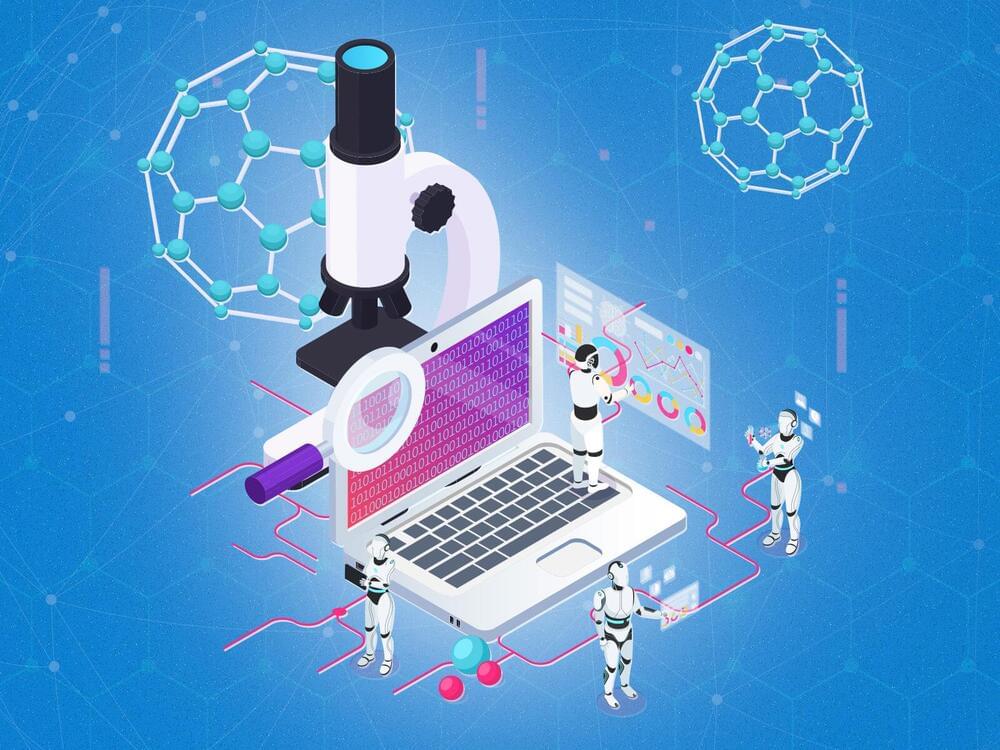One of the most distinctive features of the Transhumanist project is its unflagging confidence that the advances of science and technology will usher humanity into a marvellous post-human future.
No one has expressed this more sharply than Ray Kurzweil, the futurist and engineering director at Google. In his book, The Singularity is Near (2005), Kurzweil famously writes:
… A future period during which the pace of technological change will be so rapid, its impact so deep, that human life will be irreversibly transformed. Although neither utopian or dystopian, this epoch will transform the concepts that we rely on to give meaning to our lives, from our business models to the cycle of human life, including death itself.








